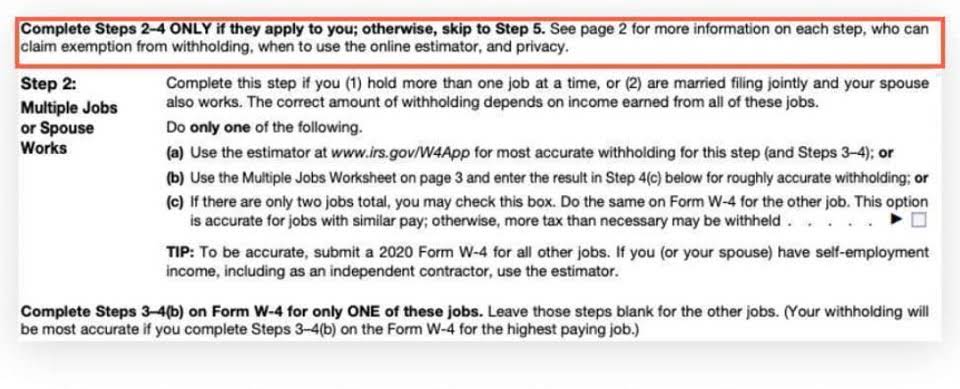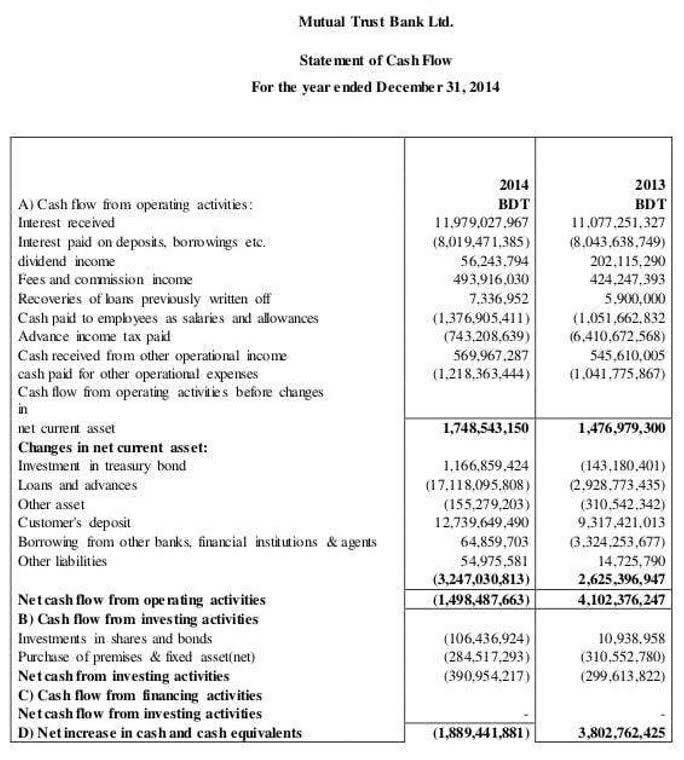INCREMENTAL COST: Definition, Formula, Examples & Calculations

If the total production cost for 9,000 widgets was $45,000, and the total cost after adding the additional 1,000 units increased to $50,000, the cost for the additional 1,000 units is $5,000. The incremental cost is the cost involved to make an additional unit of product. That also means the additional cost incurred by a company if it produces one extra unit of output.
Expanding Production Volumes

However, if management offers a deeper price cut, it won’t cover the cost, and the firm will take a loss on the deal. As seen in Case 2, incremental cost increased significantly by $55,000 to produce 5,000 more units of tobacco. This happens in the incremental cost real world as prices of raw materials change depending on the quantity bought from suppliers. From this example, you can observe not all increase in production capacity leads to a higher net income.

Incremental and marginal costs
- They need to compare the additional costs (such as machinery purchase, maintenance, and labor) against the incremental benefits (increased production, sales, and revenue).
- In other words, incremental costs are solely dependent on production volume.
- Incremental cost specifically tells business owners about the worthiness of allocating additional resources for a new production volume.
- It has lowered as some of your fixed costs have already been covered by your normal production volume.
- The fixed cost will be reduced in comparison to the cost of each unit made, enhancing your profit margin for that product.
All fixed costs, such as rent, are omitted from incremental cost analysis because they do not change and are generally not specifically attributable to any one business segment. It’s calculated by analyzing the additional expenses incurred based on the addition of the unit. Incremental costs may be classified as relevant costs in managerial accounting. Determining these costs is done according to your own overhead structure and price for raw materials and labor. Figure out fixed costs then set variables costs according to different levels of production. Divide the cost by the units manufactured and the result is your incremental or marginal cost.

Incremental Cost vs. Incremental Revenue

In this case, each additional unit costs $50 ($500 divided by 100 units), making it easier for ABC https://www.bookstime.com/ Manufacturing to evaluate the profitability of the promotional campaign. Suppose the retail chain estimates that the online platform will generate an additional $100,000 in annual revenue. The incremental cost of $20,000 seems justified given the potential benefits. You calculate your incremental revenue by multiplying the number of smartphone units by the selling price per smartphone unit. That is why it is critical to understand the incremental cost of any more units.
Long-Term Incremental Cost Analysis

Each smartphone costs you $100 to produce, and your selling price each smartphone is $300. Each organization determines costs differently based on its overhead cost structure. The separation of fixed and variable costs, as well as the assessment of raw material and labor costs, varies by organization. Alternatively, the company might use incremental cost figures to decide between making the additional units or contracting out the work to another firm and simply purchasing the required units. The tobacco business has seen the significant benefits of the economies of scale in Case 3. The incremental cost was kept lower at $70,000 while producing twice its production capacity, leading to a higher net income.
- Understanding the additional costs of increasing the production of a good is helpful when determining the retail price of the product.
- For any business decision that involves changing volumes or adding products/services, incremental costs are vital for determining the financial impact.
- Adkins holds master’s degrees in history of business and labor and in sociology from Georgia State University.
- You can setup a spreadsheet with the formula to automatically calculate incremental costs at any level of production.
- Also called marginal analysis, the relevant cost approach, or differential analysis, incremental analysis disregards any sunk cost (past cost).
- Firms often need to set special prices for sales promotions or one-time orders.
Incremental costs are always composed of variable costs, which are the costs that fluctuate with production volumes. A fixed building lease for example, does not change in price when net sales you increase production. The fixed cost will reduce against the cost of each unit manufactured, thus increasing your profit margin for that product. A specific material used in production is a variable cost because the price changes as you order more.
Incremental Cost Formula
Such companies are said to have economies of scale, whereby there is some scope available to optimize the utility of production. Sensitivity analysis is a technique used to assess the impact of changes in key variables on the overall outcome of a decision or project. It helps us understand how sensitive the results are to variations in these variables.

 Alfonso Moraleja Juárez es Doctor en Filosofía y Ciencias de la Educación por la Universidad Autónoma de Madrid y Graduado en Ciencias Políticas por la UNED. En la actualidad, dirige en la Universidad Autónoma de Madrid la publicación de Filosofía y Letras Cuaderno Gris. Compagina la docencia en el IES Joan Miró con la de alumnos de altas capacidades (PEAC) y con los alumnos del Master MESOB en la UAM.
Alfonso Moraleja Juárez es Doctor en Filosofía y Ciencias de la Educación por la Universidad Autónoma de Madrid y Graduado en Ciencias Políticas por la UNED. En la actualidad, dirige en la Universidad Autónoma de Madrid la publicación de Filosofía y Letras Cuaderno Gris. Compagina la docencia en el IES Joan Miró con la de alumnos de altas capacidades (PEAC) y con los alumnos del Master MESOB en la UAM.